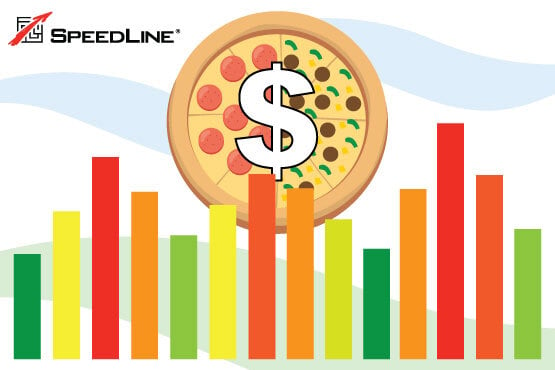Dynamic pricing: a practical strategy to increased profits or a PR nightmare? Although a valuable tool in a restaurant owner’s operational toolkit, it requires finessing to communicate its value to customers properly. This article explores where a popular fast food restaurant chain went wrong with its recent dynamic pricing announcement and key lessons other restaurant owners can learn.
What is Dynamic Pricing?
As a quick refresher, dynamic pricing involves adjusting menu prices based on various factors such as demand, time of day, day of the week, and even external factors like weather or events. This strategy allows restaurants to maximize revenue during peak hours while offering discounts during slower periods to attract more customers.
Why Customers Historically Distrust Dynamic Pricing
Recently, customers have taken to the internet to express their displeasure with restaurants implementing dynamic or surge pricing. Their strong dislike for this pricing model often falls under one of two categories:
- They don’t see it as benefitting their existing dining experience.
- They confuse dynamic pricing with surge pricing (where prices only rise during peak times but don’t lower during slow times).
Why This Dynamic Pricing Plan Failed
In February 2024, the fast food restaurant announced that the chain was considering implementing dynamic pricing the following year. On the surface, this was a seemingly harmless announcement. After all, dynamic pricing has been a common strategy for many industries, such as airlines, hotels, and ridesharing apps.
Instead, it received nationwide backlash.
One competitor seized the opportunity with a catchy “No Urge to Surge” campaign. As a result, the company had to immediately backpedal, clarifying that they never intended to raise prices, but solely lower prices during low-traffic times.
So…what went wrong?
This PR blunder can be attributed to three communication missteps:
- Unclear updates: The changes to their pricing structure weren’t well explained; customers didn’t fully understand the proposed updates.
- Missing benefits: People didn’t understand how this change would improve the customer experience (if at all).
- Pre-existing Connotations: People already had negative connotations associated with this term. Without proper definitions and benefits communicated from the get-go, customers quickly made their own (negative) assumptions.
Best Practices for Implementing Dynamic Pricing in Your Restaurant
Mastering dynamic pricing requires finesse in communication and execution. Based on the information above, here are three valuable lessons to keep your customers happy when announcing a dynamic pricing model:
1. Clearly Define Your Changes
Transparency is key. Leave no room for assumptions or misunderstandings. Clearly communicate what changes are being made, when they will take effect, and how they will impact the customer experience. Whether through signage, menu inserts, or staff training, ensure that every customer understands the implemented adjustments.
2. Be Upfront About How It Impacts Customers
Customers are more likely to accept dynamic pricing when they understand its benefits. Take the time to explain the rationale behind the pricing strategy and how it ultimately enhances their dining experience. Emphasize discounts or incentives during off-peak hours to incentivize patronage during slower times. By keeping customers informed and involved, you foster trust and loyalty.
3. Be Mindful of the Market
Implement changes gradually and with caution. Give ample notice before rolling out new pricing structures, allowing customers time to adjust. Start with small adjustments and use advanced reporting and analytics tools to monitor customer responses closely. Use this data to refine your pricing strategies, ensuring they align with customer preferences and market demands.
Conclusion
Dynamic pricing can be a powerful tool for maximizing revenue and optimizing customer satisfaction, but its successful implementation requires careful planning and clear communication. By following these best practices, restaurant owners can navigate the complexities of dynamic pricing while maintaining positive relationships with their customers. Remember, transparency, customer-centricity, and adaptability are the keys to mastering dynamic pricing and ensuring long-term success in the competitive restaurant industry.
Interested in learning about more ways to optimize your menu? Read 9 Psychological Strategies To Make Your Menu More Profitable.
Posted on Wed, Apr 24, 2024 @ 07:04 AM.
Updated on April 24, 2024 @ 2:00 PM PST.

